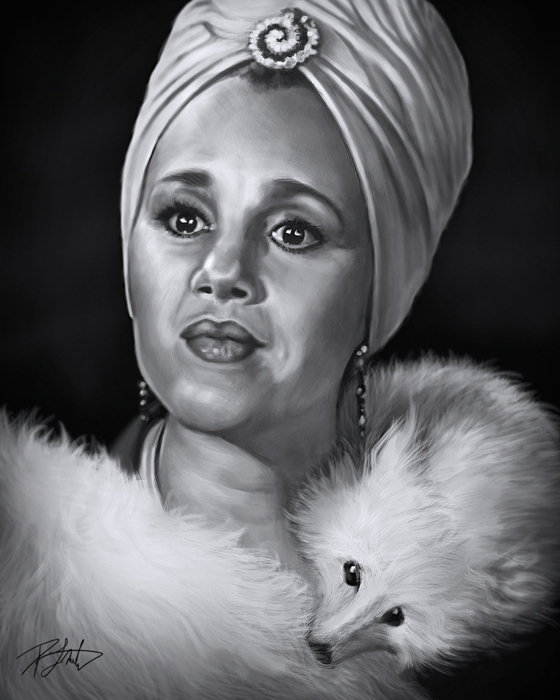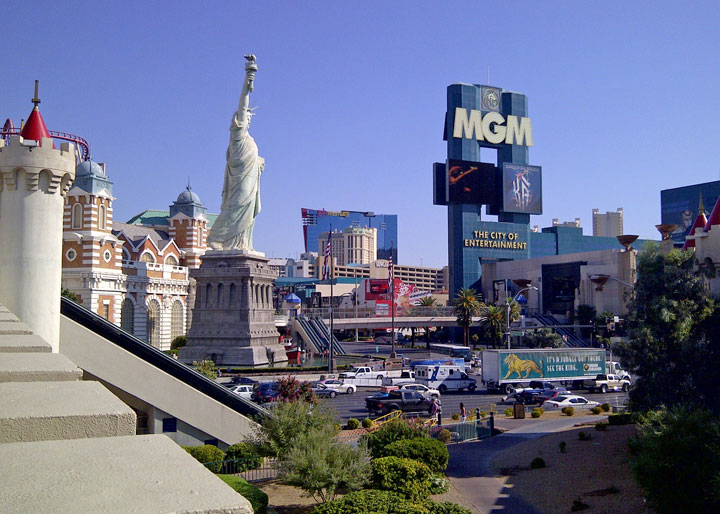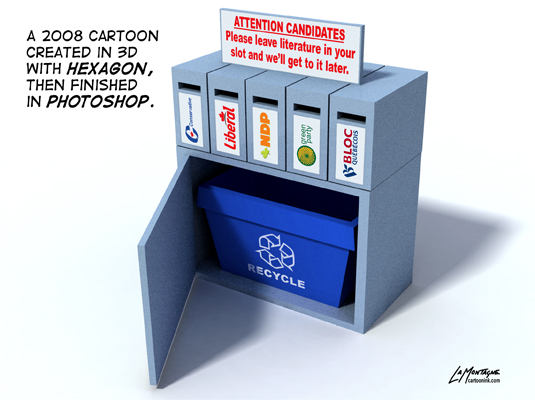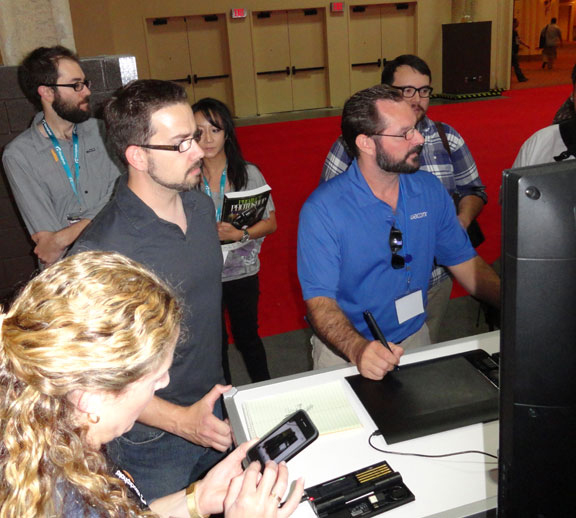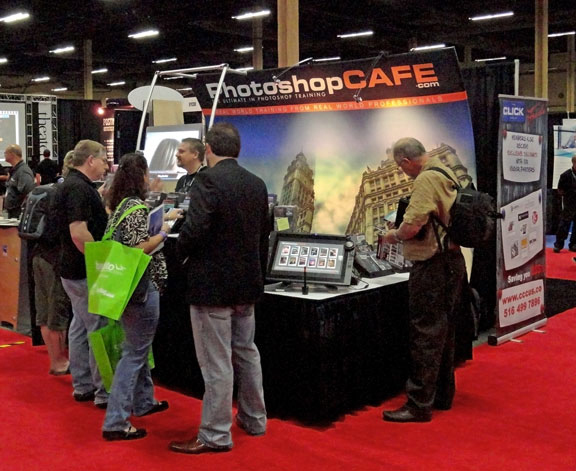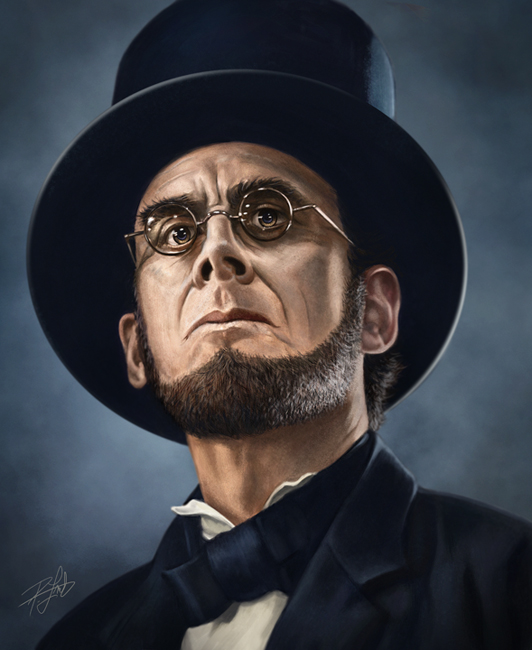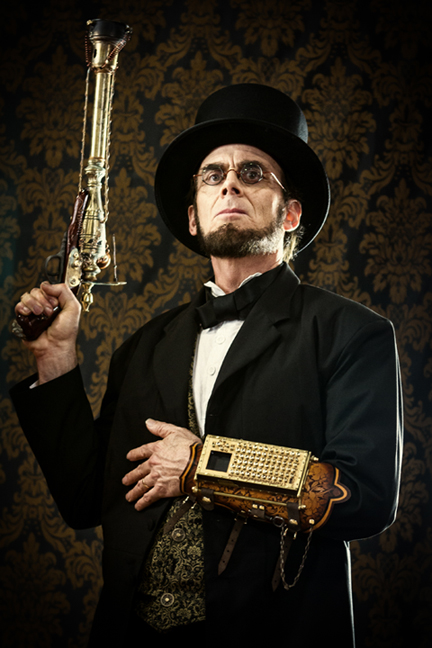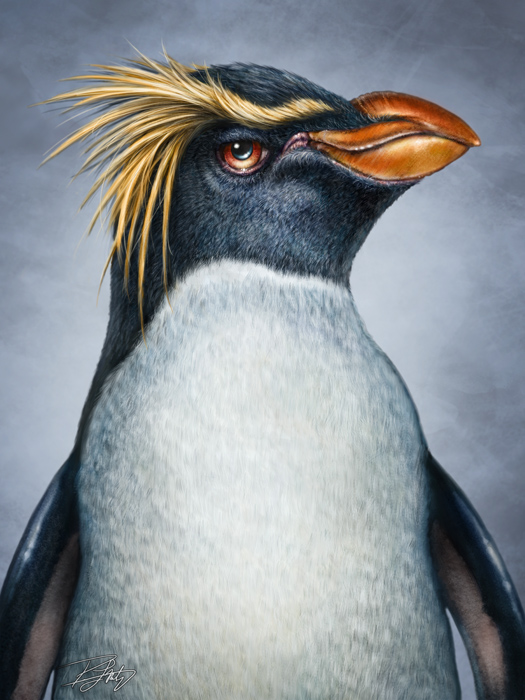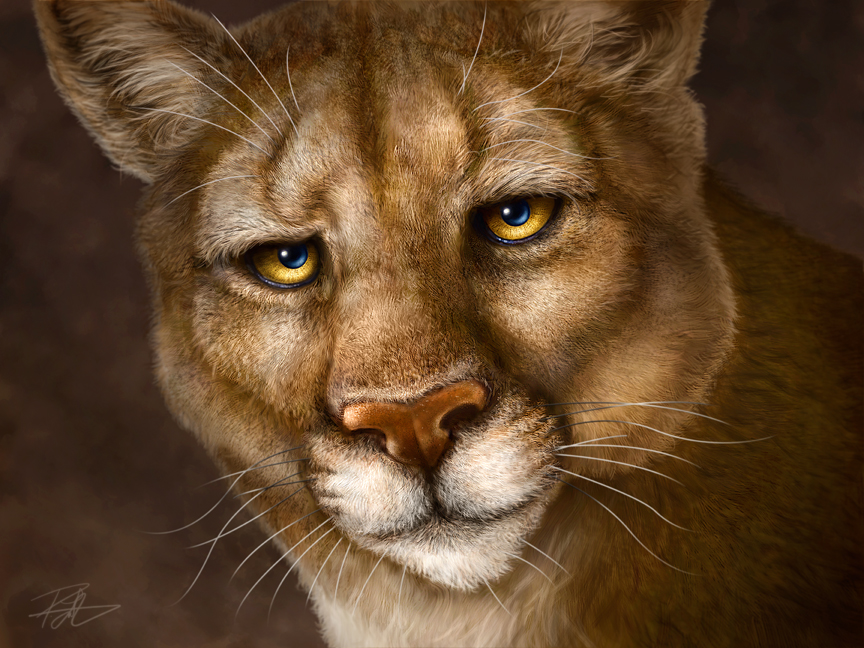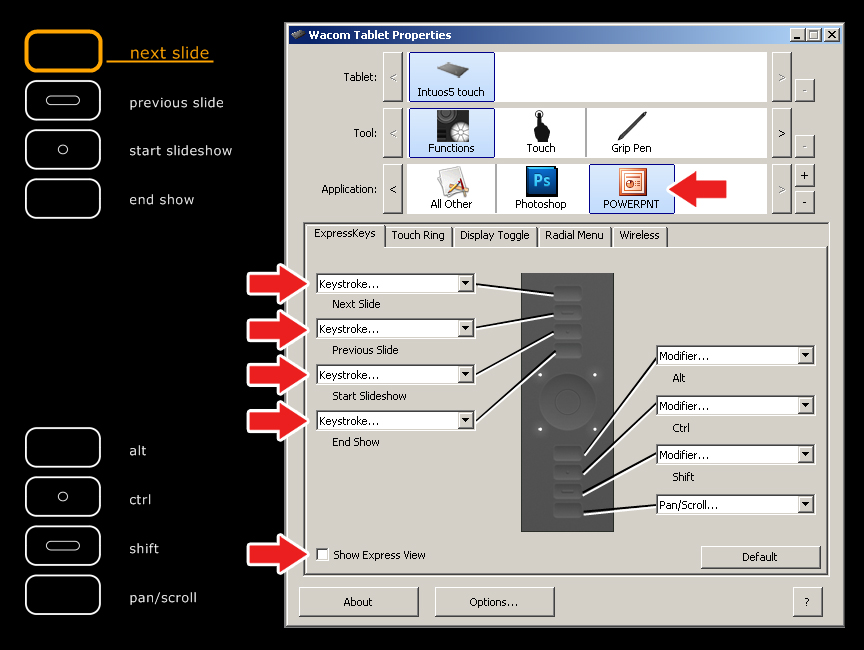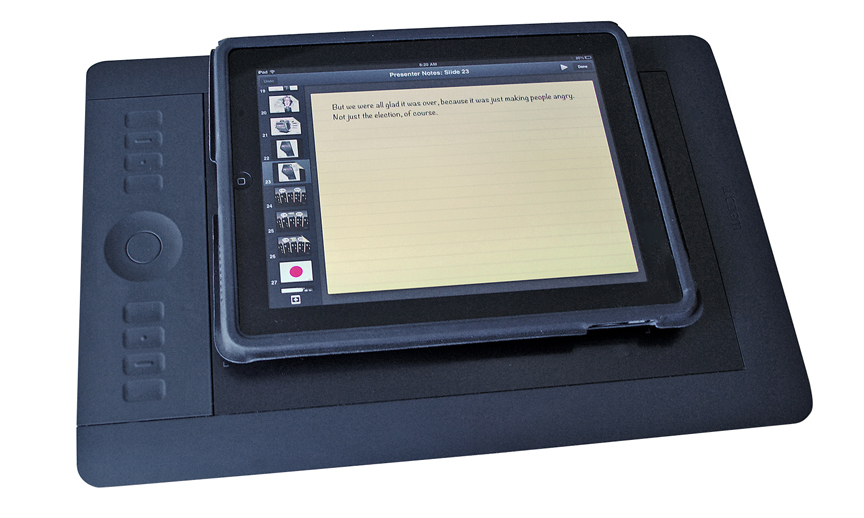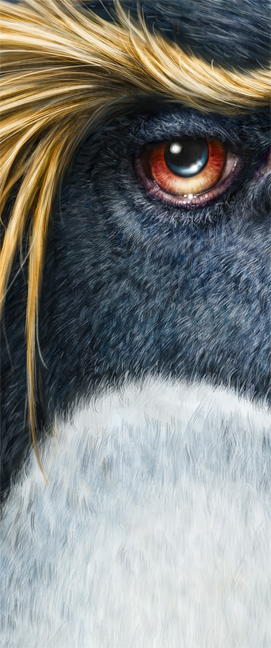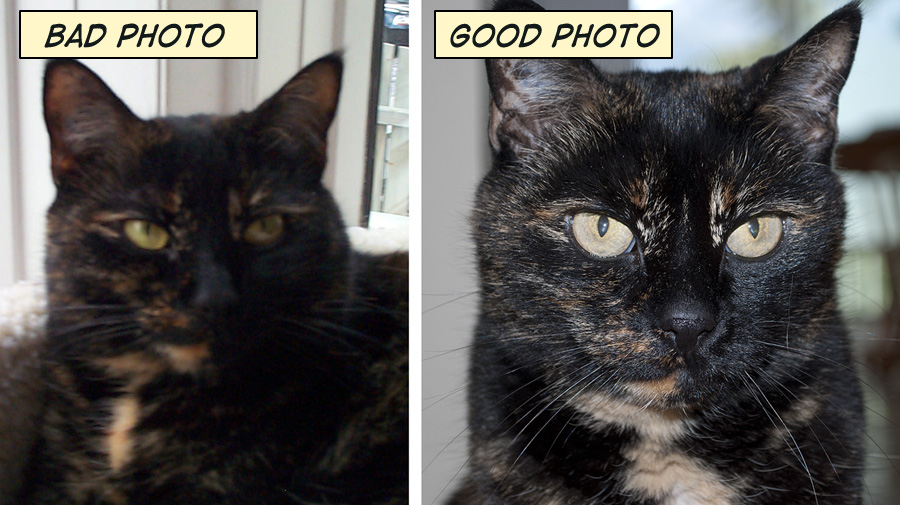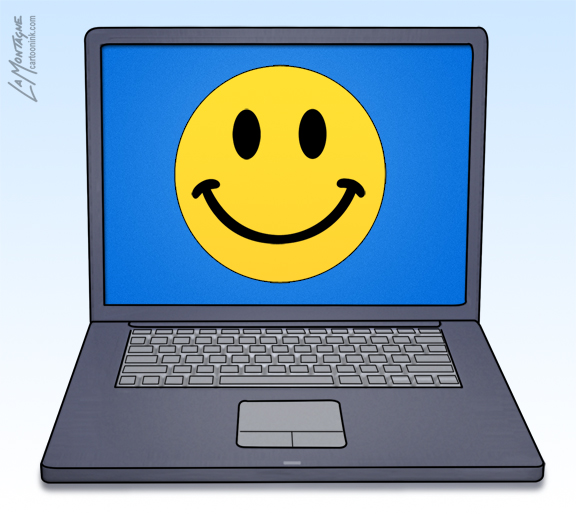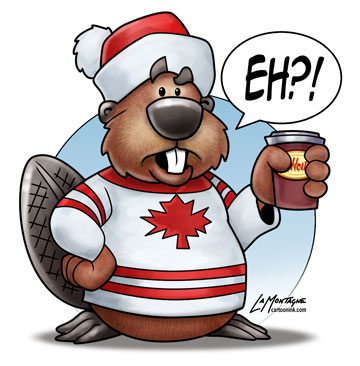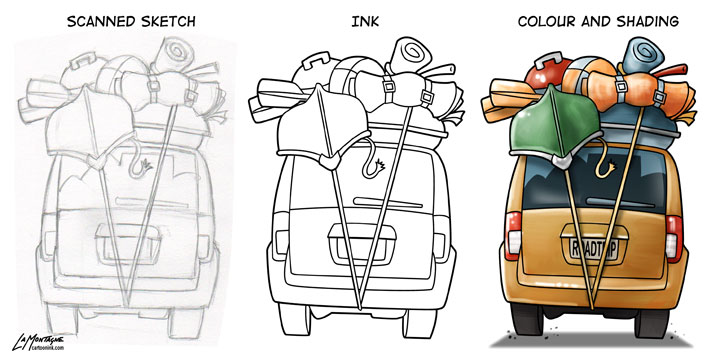Joe McNally is an incredible photographer whose work I’ve enjoyed for awhile. Visit his website at joemcnally.com, look through his portfolio, and it’ll tell you all you need to know about him.
Sure, I like taking snapshots like anyone else, but I don’t want to be a photographer. The mechanics of photography reminds me of my struggles with high school math, and even though the calculations involved with ISOs, shutterspeeds, and aperture settings eventually become somewhat instinctual to an experienced shooter, I really haven’t the interest in doing the work it would require to become proficient with a camera. My time is already maxed out learning to be a better painter.
So why did I bother attending Joe’s ‘One Light, Two Light’ seminar in Calgary yesterday? Well, there were a couple of reasons. One, Joe is a master of light. There is something in the quality of the portraits he takes that seems a little ethereal. There is a life in his images that evokes an emotional response. To me, that’s the definition of art.
The other reason is that Joe has a reputation for enjoying his work. Anyone who underestimates the value of passion is completely missing the point of an artistic pursuit. Joe will be 60 in a few weeks and has been working behind a camera for more than 30 years. Not only does he still seem to be enjoying himself, but he has an infectious sense of humour and a charismatic way of teaching that is incredibly inspiring.
This wasn’t a Photoshop seminar. All of the work Joe was doing, in fact, was ‘in camera.’ I also found out that when he works for National Geographic, something he has done many times, they require that none of the files ever sees a photo-editing program.
Joe’s ‘no B.S.’ tone when he talks about gear, technique, and ‘the rules’ was refreshing. I hang around a lot of photographers and some of the arguments these folks have when it comes to gear, settings, and quoting the ‘experts’ can be downright combative. Joe doesn’t seem to bother himself with that nonsense. At one point, he even held up his camera and said, “This is just an expensive blender.”
It might seem obvious to say that you can learn a lot from the work of other artists. Too often, however, a painter will only look at other painters, a sculptor at other sculptors, and a photographer…you get my point.
I know of many talented artists who are doing very well and have a great many devoted followers. While I appreciate their expertise, their work may not move me. I’m absolutely certain that many would say the same when referring to my artwork. Hey, different strokes for different folks. So, when you find work of another artist that does excite you, ask yourself why, especially if they don’t work in your medium. Obviously there’s something there that’s worth exploring. Joe’s work speaks to me, and I don’t say that lightly.
When I mentioned on Facebook that I was attending this event, my photographer friend Susan joked, “What do you need with flash anyway?” referring to the fact that the workshop was all about flash photography and the different techniques to get the best results.
Another photographer friend, Gudrun, who was sitting with me at the seminar, posted on her page after the event, “Joe McNally’s seminar today was good, but my favourite part was watching how excited Patrick got seeing some of the lighting results!”
They were both right. While the technical aspects were interesting to watch, most of it was entirely lost on me as a painter. I worked on sketches whenever Joe was talking about the gear. It was the results that made me sit up and take notice, and yes, I found it exciting. Great light just does it for me.
I found myself looking at some of the portraits and techniques, asking myself, how would I paint that light? What would I do differently? How could I replicate that photography technique in a painting?
Art is supposed to be about expanding your horizons, not limiting them. While there are other art forms I do want to try, sculpting being one of them, I’ve never been bitten by the photography bug, which is probably a good thing, considering how much money they spend on gear. Hanging around with photographers for a number of years, however, has taught me just as much about my own medium as it has about theirs.

